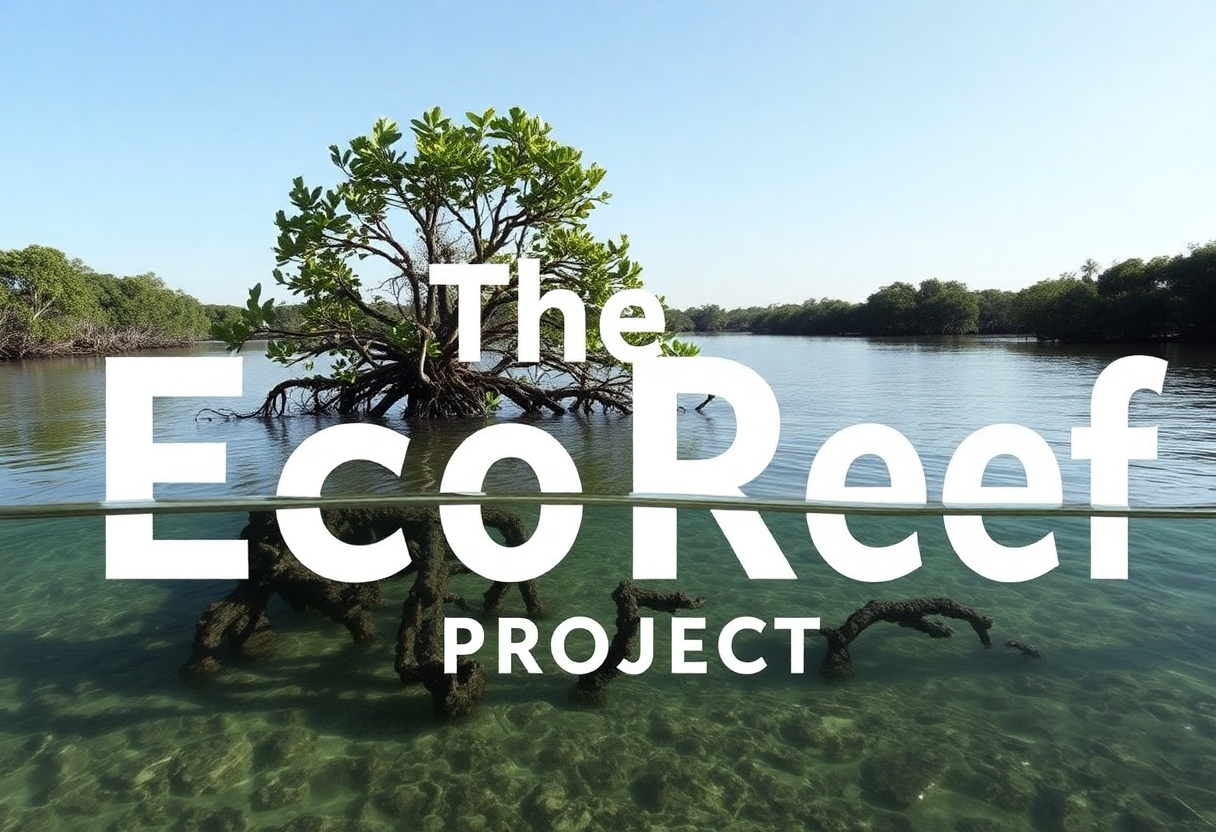Is Caring Strongly Enough to Save the Environment?

Caring for the Planet
Is It Enough to Save the Environment?
Every day, the Earth faces mounting environmental challenges—from rising temperatures to deforestation, pollution, and species extinction. Many people feel deeply about protecting the planet, but is that feeling alone enough to make a difference? Can caring truly translate into meaningful action that leads to change? While concern for the environment is the first step, genuine impact requires more than just emotion—it demands commitment, innovation, and action.
The Power of Awareness
Understanding the Problem
Caring about the environment starts with awareness. When people recognize the magnitude of environmental challenges, they become more conscious of their own impact. Education plays a crucial role in this process, allowing individuals to grasp the causes and consequences of climate change, pollution, and resource depletion.
Changing Perspectives
Once awareness is established, attitudes begin to shift. People who care deeply about the environment often change their habits, making more sustainable choices in their daily lives. For instance, they may opt for reusable products, reduce waste, support renewable energy, and advocate for conservation efforts.

Action Beyond Emotion
Individual Choices Matter
Caring alone isn’t enough; action must follow. While awareness inspires change, it’s the conscious decisions people make every day that lead to real environmental benefits. Simple choices—such as reducing meat consumption, using public transport, conserving water, and supporting eco-friendly businesses—can collectively make a significant impact.
Collective Efforts and Advocacy
While individual actions are vital, large-scale change happens when groups unite. Communities, businesses, and governments must work together to implement sustainable policies and practices. Advocacy and activism play a critical role in pushing for systemic change, from stricter environmental regulations to corporate responsibility initiatives.
The Science of Change
Why Practical Solutions Matter
Science tells us that global temperatures are rising, ecosystems are degrading, and species are disappearing at alarming rates. While caring fuels motivation, scientific solutions must be implemented to reverse these trends. Innovations in renewable energy, carbon capture, sustainable agriculture, and climate adaptation strategies are essential to creating a greener future.
Behavioral Shifts for a Sustainable Future
Changing societal norms is crucial. When sustainability becomes the standard, caring translates into action. Encouraging environmentally responsible behavior—from businesses committing to net-zero emissions to governments enforcing climate policies—ensures long-term impact.

The Role of Technology in Environmental Protection
Green Innovations
Technology is playing an increasingly vital role in sustainability efforts. Breakthroughs in renewable energy, sustainable construction, and waste management are helping reduce the world’s carbon footprint. Advancements in electric vehicles and eco-friendly packaging are making sustainable choices more accessible.
Artificial Intelligence and Data-Driven Solutions
AI and data analytics are improving conservation strategies by predicting climate patterns, tracking deforestation, and optimizing energy efficiency. Smart technology enables governments and businesses to implement targeted solutions to environmental challenges, making a real difference in how resources are managed.
The Economics of Sustainability
Investing in Green Solutions
Sustainability isn’t just an ethical responsibility—it’s an economic opportunity. Businesses and governments worldwide are recognizing that investing in environmentally friendly policies leads to long-term profitability. Sustainable products and renewable energy sectors are growing rapidly, signaling that eco-conscious choices make financial sense.
Consumer Influence on Corporate Responsibility
Companies respond to consumer demand, and more people are supporting eco-friendly brands. By choosing sustainable products and boycotting environmentally harmful businesses, consumers drive market trends and influence large corporations to embrace responsible practices.
Community-Led Environmental Action
Grassroots Movements
Grassroots organizations work on reforestation projects, wildlife conservation, and clean-up efforts. When small groups mobilize, they create momentum that leads to widespread change.
Empowering Local Solutions
Communities around the world are implementing innovative local solutions—such as urban gardens, water conservation programs, and renewable microgrids—to address their specific environmental needs. Encouraging community-led initiatives ensures long-term success.

Policy and Government Action
Legislation for Sustainability
While individual efforts are crucial, government policies play a major role in driving environmental protection. Strong regulations on emissions, waste disposal, and resource conservation ensure sustainable practices are implemented on a national and global scale.
International Collaboration
Climate change and environmental degradation are global issues. Countries must collaborate on large-scale sustainability initiatives, such as international treaties and climate agreements. Working together allows nations to tackle challenges with unified strategies and shared technological advancements.
Caring Is the Beginning, Not the End
From Concern to Commitment
Caring about the environment is a necessary first step, but it cannot stand alone. Concern must evolve into commitment—through education, advocacy, personal responsibility, and policy changes. Only then can we create lasting solutions to protect the planet for future generations.
A Shared Responsibility
The responsibility to save the environment belongs to everyone. Governments, corporations, communities, and individuals all have a role to play. When caring leads to action, real transformation occurs. By holding ourselves and others accountable, we can ensure that environmental protection is not just an ideal—but a reality.

Conclusion
While caring about the environment is important, it’s not enough by itself to create lasting change. Genuine progress comes from education, advocacy, action, and commitment. We must move beyond passive concern and actively participate in solutions—whether through individual choices, technological innovation, or policy reform. The future of our planet hinges not just on how much we care, but how much we are willing to do. Only through sustained efforts can we build a healthier, more sustainable world for generations to come.
Join the Conversation
How do you translate your care for the environment into action?

Leave a Reply